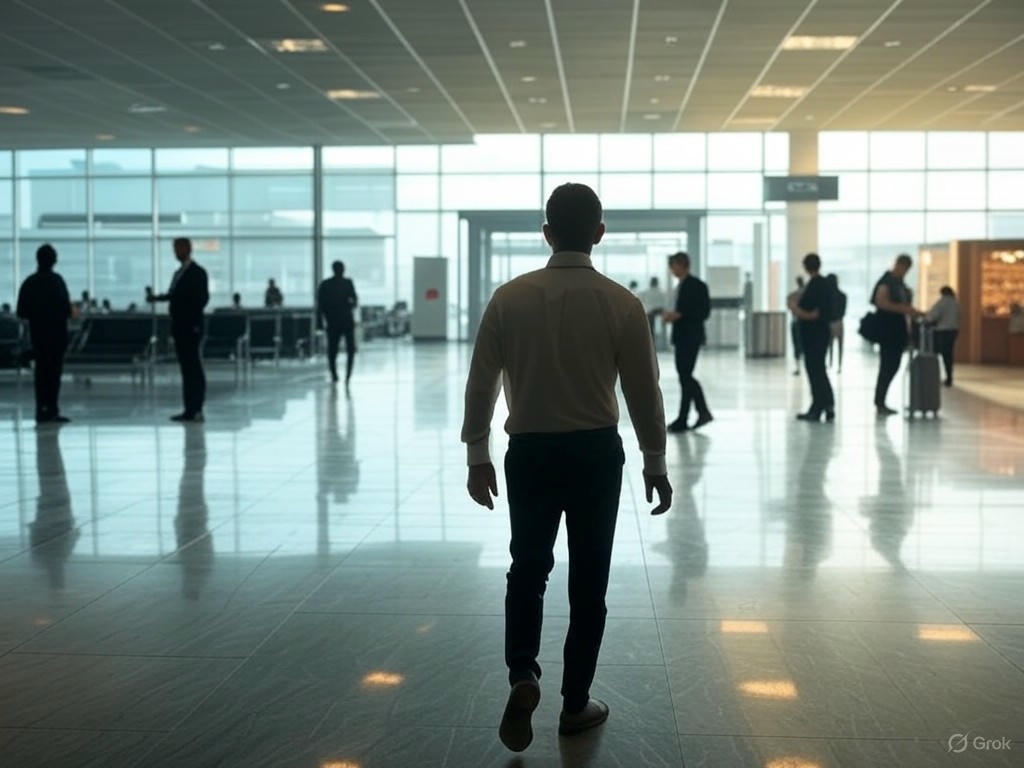As the latest travel restrictions from the Trump administration came into effect, U.S. airports experienced a surprisingly calm first day. Announced with little fanfare, the policy targets travelers from 19 countries, imposing stricter entry requirements and enhanced vetting processes. While many anticipated chaos reminiscent of past travel bans, the rollout on June 10, 2025, appeared to be meticulously planned, with minimal disruptions reported across major hubs. Airport authorities and federal agencies seemed well-prepared, having coordinated in advance to manage the flow of passengers and address potential concerns.
At key international gateways like John F. Kennedy in New York and Los Angeles International, operations ran smoothly, with only a handful of travelers facing delays due to additional screenings. Officials at these airports noted that clear communication with airlines and passengers helped mitigate confusion. Many travelers arriving from the affected countries were already aware of the new rules, thanks to pre-travel advisories issued by the U.S. government and their home nations. However, not all were pleased with the policy. Small groups of activists gathered outside several airports, holding signs and chanting slogans against what they described as discriminatory measures. These protests, though peaceful, highlighted ongoing tensions surrounding immigration and border security policies.
Critics of the restrictions argue that they unfairly target specific regions, potentially alienating allies and fueling resentment. Advocacy groups have voiced concerns that the policy could separate families or hinder legitimate travel for work and education. On the other hand, supporters of the administration’s stance claim the measures are necessary to safeguard national security in an era of heightened global risks. They point to the orderly implementation as evidence of effective governance, contrasting it with the tumultuous rollouts of earlier travel bans during Trump’s previous term. A spokesperson for the Department of Homeland Security emphasized that the restrictions were designed with precision, focusing on data-driven threat assessments rather than blanket prohibitions.
As the day progressed, stories emerged of individuals navigating the new rules. A student from one of the listed countries, arriving in Chicago for a university program, described a lengthy interview process at customs but expressed relief at being granted entry. Meanwhile, a family at Dallas-Fort Worth International faced uncertainty as one member lacked the updated documentation required under the new guidelines. Such personal accounts underscore the human impact of policy changes, even when operational hiccups are minimal.
Looking ahead, the true test of these restrictions may lie in the coming weeks, as more travelers and airlines adjust to the evolving landscape. While the first day passed with little fanfare, the balance between security and accessibility remains a contentious issue. For now, the administration can claim a logistical victory, but the broader implications of the policy—both diplomatic and domestic—will likely fuel debate for months to come. As airports maintain their steady hum, the eyes of the nation and the world remain fixed on how this chapter of U.S. travel policy unfolds.
